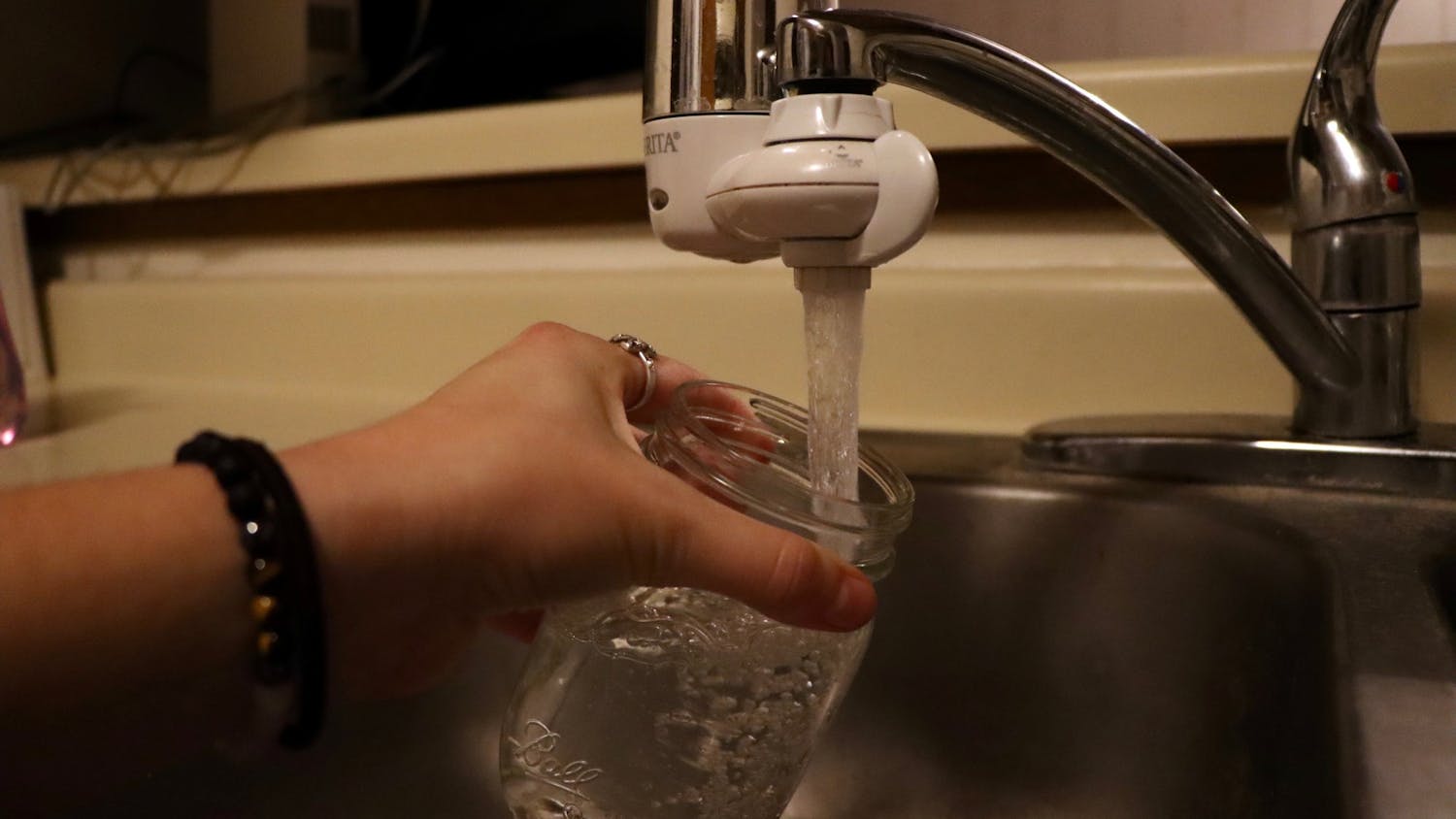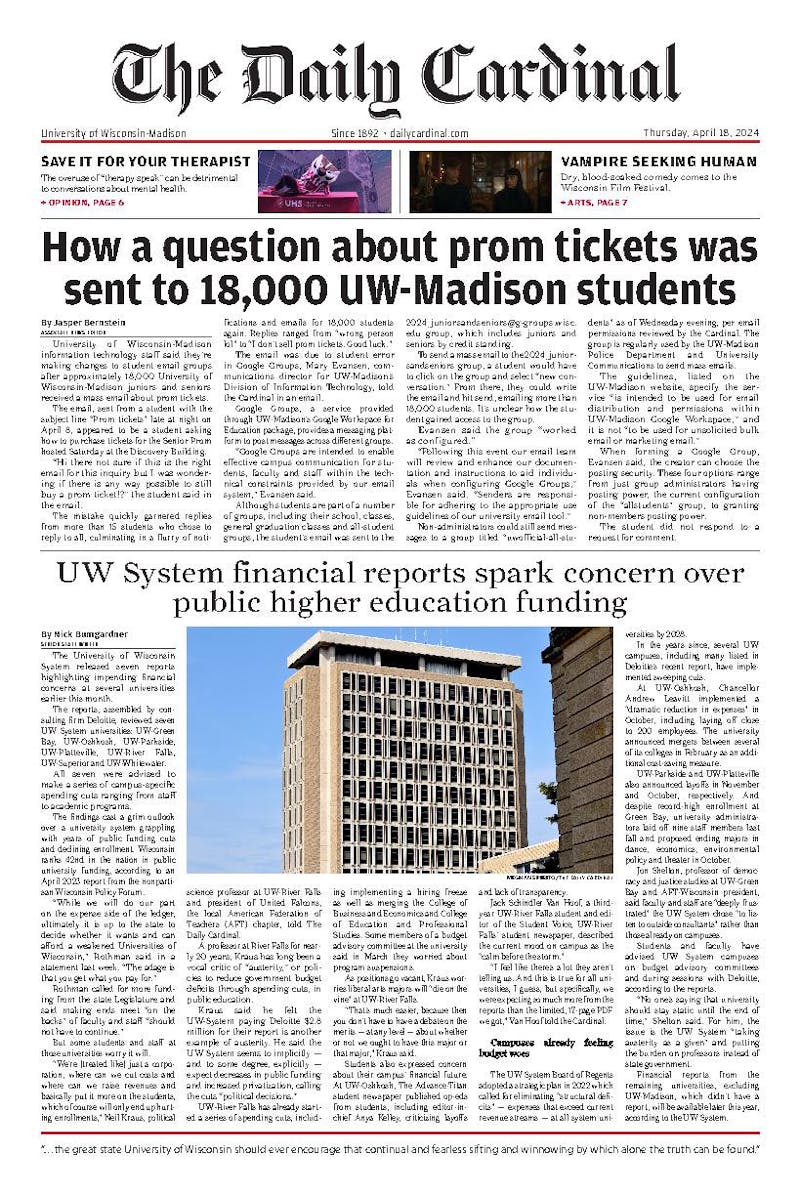UW-Madison professor of physics, Francis Halzen, received the American Ingenuity Award for his work with IceCube, a South Pole neutrino observatory.
The Smithsonian Institution celebrates innovation with its annual American Ingenuity Awards for creative minds of education, energy, visual arts, social progress, health & medicine and technology. As the principal investigator of the IceCube project, Halzen was recognized as an innovator in the physical sciences.
Matter, as most would tell you, is made out of protons, neutrons and electrons. However, there is one more particle that often is never mentioned which is the neutrino.
Neutrinos are very small, almost massless particles which come most often from supernovas or the explosion of stars. They can also arrive from the sun, radioactive decay and cosmic rays.
“The reason that [neutrino] is often not mentioned is that it doesn’t interact with anything. You cannot see it, you cannot feel it. It’s incredible. I mean we had to build chains of blocks of ice of a kilometer in size and a mile deep into the south pole to actually catch a few tenths of neutrinos—28 to be precise,” Halzen said.
A neutrino is very similar to particles that make light or photons. And so, what has been on the minds of several scientists is the creation of a neutrino detector. The idea is to do astronomy with neutrinos as astronomy now is done with light.
The IceCube is a neutrino telescope at the South Pole that looks at the universe as if taking an X-ray instead of a photo as usually done with an optical telescope.
The IceCube is made out of a large volume of ice and holds over 5,000 digital optical modules that are basketball-sized sensors.
The South Pole is an excellent location for the telescope as it has clear ice and down about a mile deep under the surface, the environment is very dark, allowing neutrino interactions with the ice to be detected. The convenience of a National Science Foundation station at the location also aided the creation of the project there. This detector was a culmination of over 25 years of research.
“It was a gamble. We didn’t know we would succeed. It was not clear whether a kilometer cube was big enough to actually catch these neutrinos, but it did … Why did it take so long? To develop this technique and do a small dectector, a 1 percent model of the big dectector … took 10 years to develop,” Halzen said.
The detector works similarly to a particle detector used in physics. The detector is an enormous entity that uses a cubic kilometer of ice. When a neutrino passes through the detector, which has a chance of one in a million of occuring, it is stopped by the ice.
When it interacts with the ice, a particle called a muon is formed. This muon emits blue light that is detected by the digital optical modules. The neutrino itself is never seen, but the particles it makes creates light patterns of different intensities and directions. These patterns can be analyzed to determine where they came from in the universe.
“We construct where the neutrino came from and that’s how we can look at the sky … [we can] make a map of the universe,” Halzen said.
The IceCube has important implications in understanding dark matter, high energy particles such as neutrinos and new physical processes.
Neutrinos that the lab has detected do not originate from our own galaxy, but most likely from black holes with the destruction of stars elsewhere in the universe. The research team is figuring out these particles’ origination and constructing what could potentially be a map of the universe.
The IceCube project is a collaboration from more than 44 universities and 12 countries, and everything is coordinated from UW-Madison. UW-Madison is the lead institution where most of the construction and all of the management is directed. Most of the funding has been provided by the NSF.





